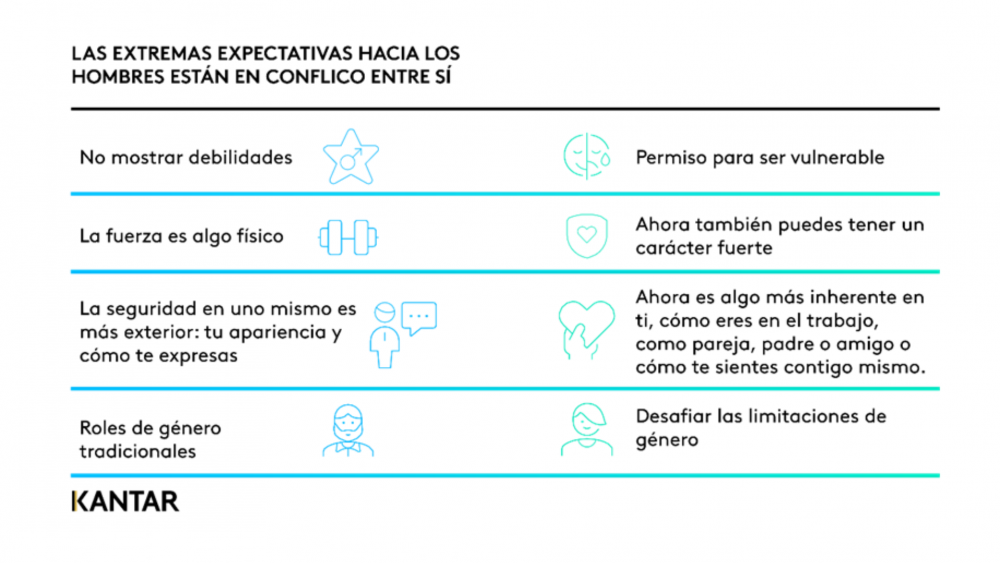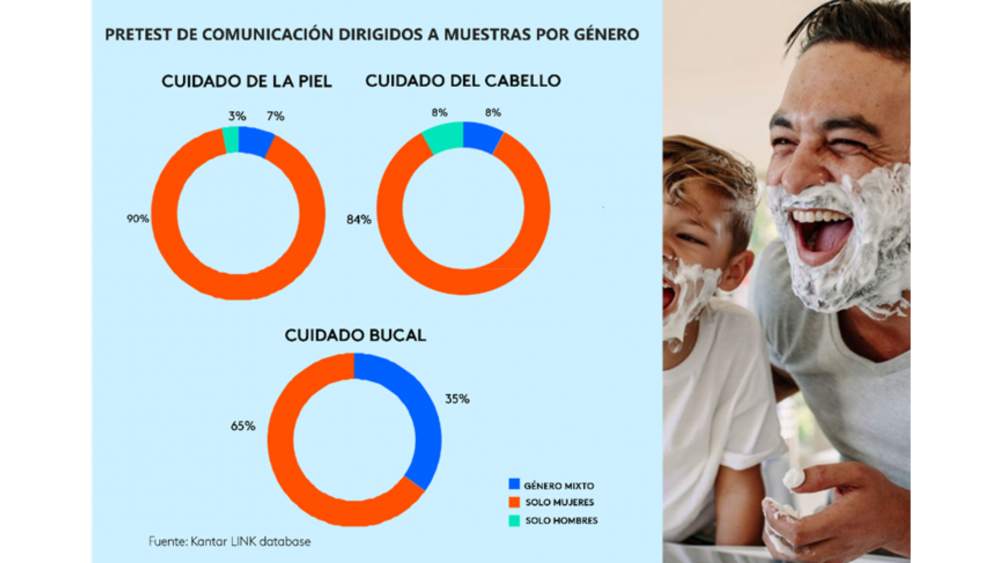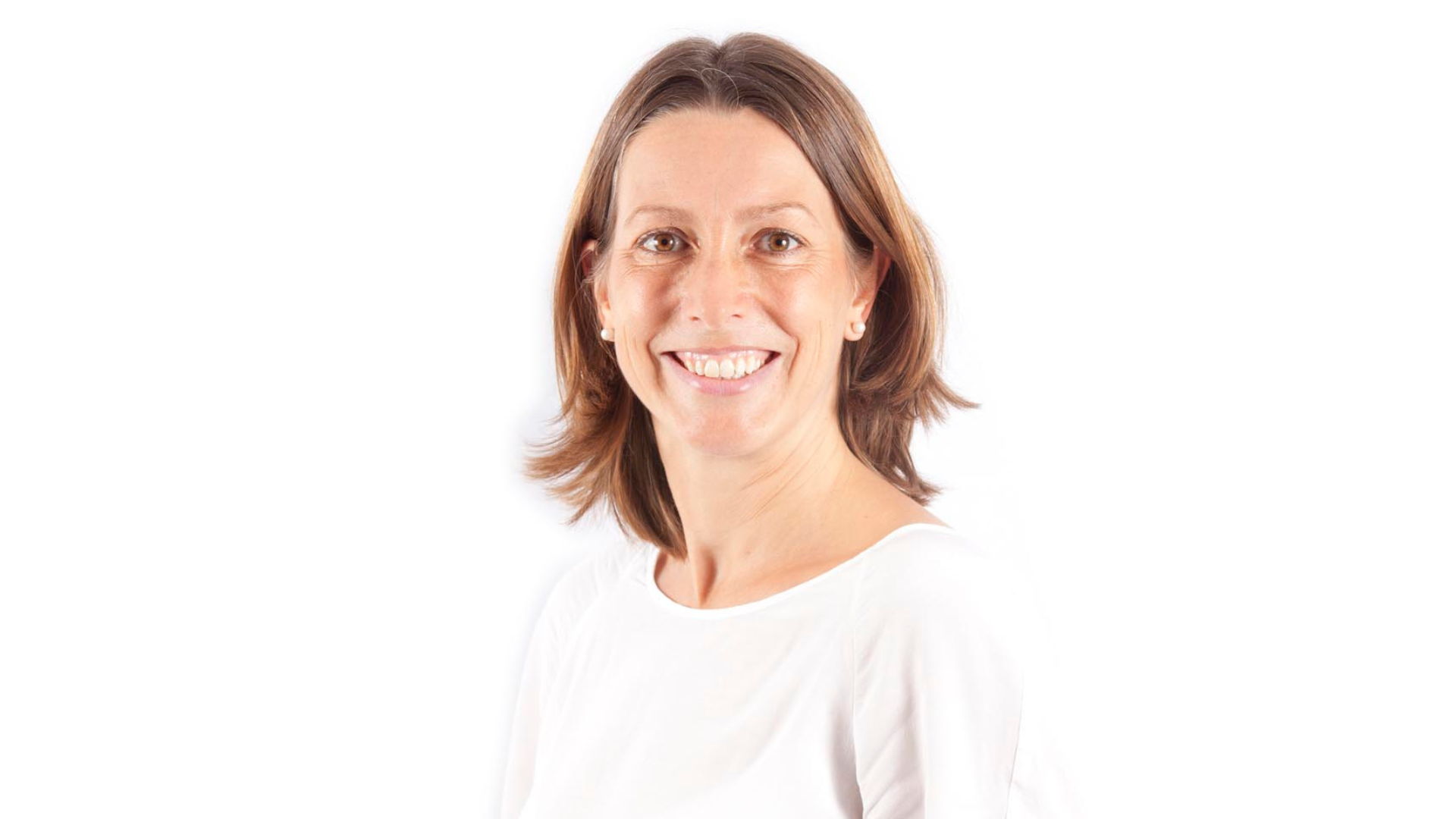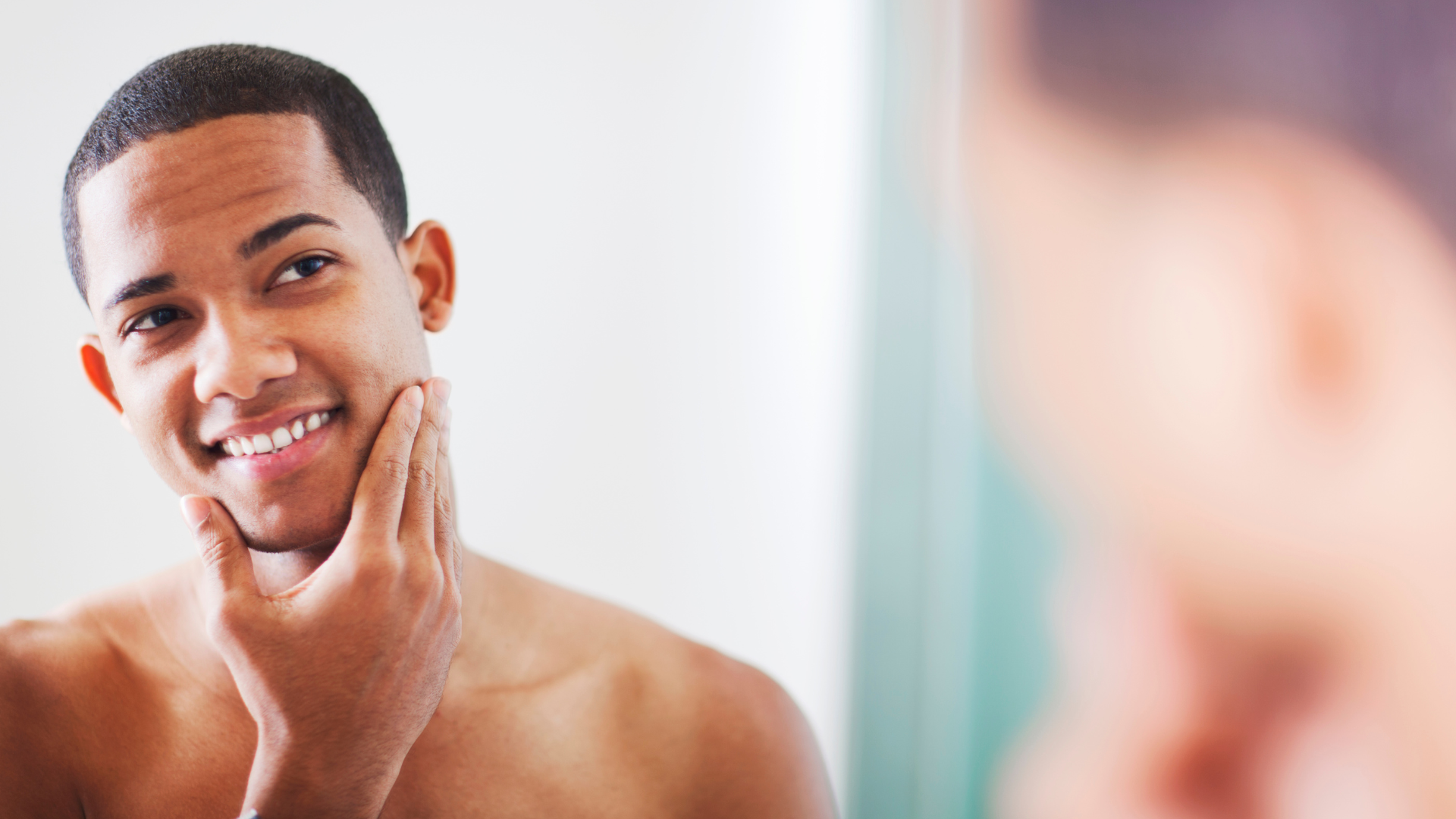In the world of beauty and cosmetics, brands have begun to recognize the importance of connecting with men in an authentic and meaningful way. They have understood that modern masculinity is constantly evolving, and men today seek more diverse and real representations of themselves.
Traditionally, masculinity has been defined in opposition to feminine qualities; a monolithic representation that offers a very narrow range of attributes and behaviors expected from men. However, masculinities are changing thanks to the evolution of gender conceptions that recognize a broad spectrum of identities.

In this context, beauty and cosmetic brands have a unique opportunity to connect with men in a positive and inclusive way, appealing to their specific needs. The path has already begun. Although traditionally personal care products have been aimed more at women, brands are increasingly aware that many men, especially those under 35, are spending more time on personal care. Brands that are correctly leveraging this trend and expanding their target audience towards the male demographic offer products that are not limited by gender stereotypes and resonate with the needs and desires of modern masculinity.
By recognizing their current and potential audience beyond stereotypes and rethinking how to address men, focusing more on emotional well-being and physical self-care, brands can decode modern masculinity and create stronger connections with the male audience. The opportunity is enormous given the data: 40% of men use skincare products, however, analyzing the Kantar Link campaign database we see that 90% of communication pretests focus solely on women.

It is very important to keep this in mind, as creative and media strategies that break stereotypes not only generate greater acceptance among men but can also improve the effectiveness of marketing campaigns in general and increase brand value. We know that campaigns that portray men positively have a higher return on investment, as they increase brand value creation by 37 percentage points in the long term and by 21 in the short-term sales probability.

Moreover, the positive representation of men increases creative potential among all audiences, including women. It is time for marketers and advertisers to ask themselves: is my market really as gender-specific as I say it is, or am I missing the opportunity to predispose more people and grow my brand?
The key to connecting with today's men in the world of beauty and cosmetics is to challenge stereotypes with diverse and authentic creativity. Brands that achieve this will not only predispose more people towards their products but will also contribute to a positive and meaningful social change. Modern masculinity is a broad and varied spectrum, and brands have the opportunity to create much stronger connections with their target if they reflect this reality.

